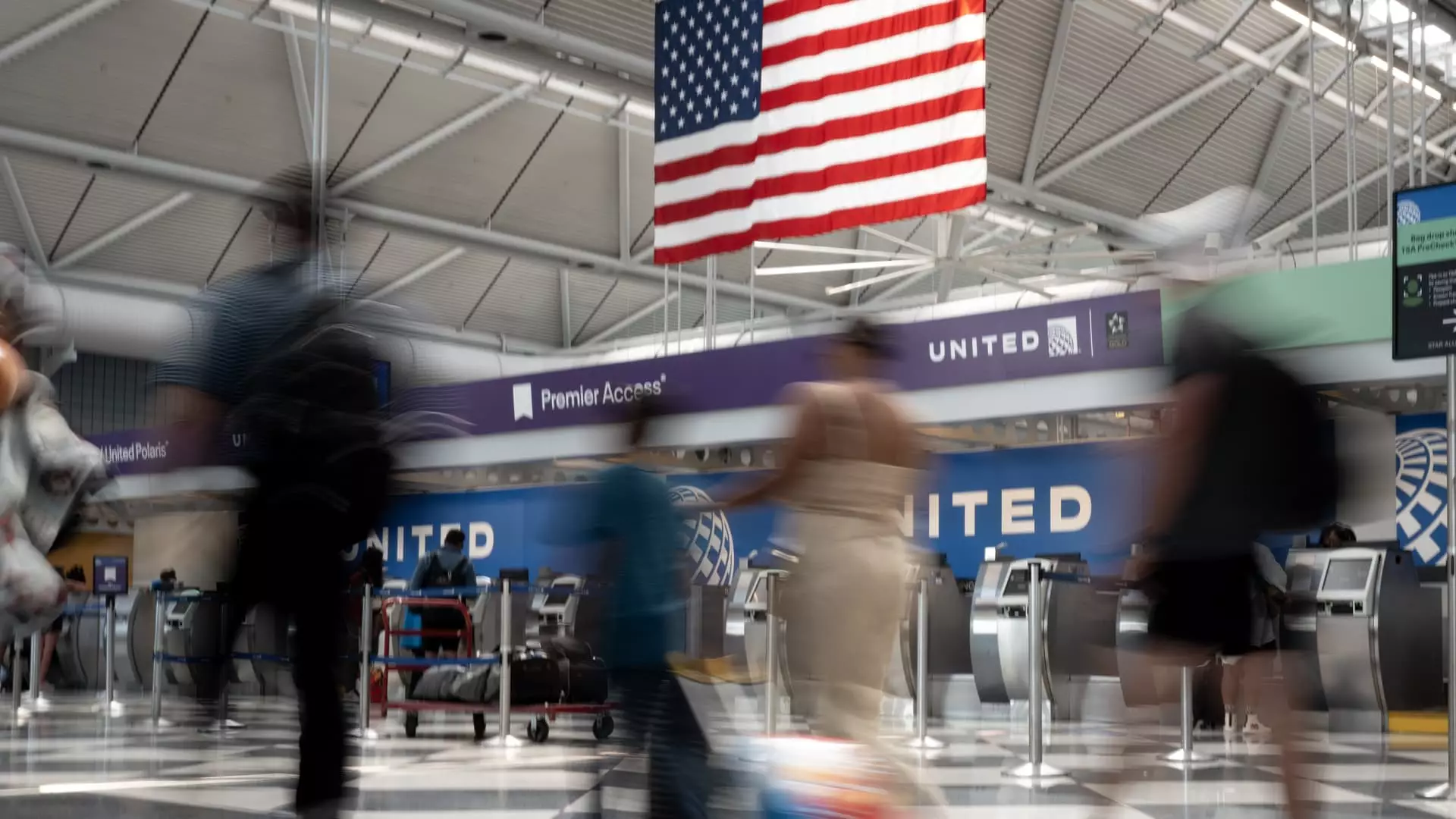The current state of the U.S. airline industry presents a paradox – even with record summer air travel demand, airlines are struggling to turn that into record profits. Despite some carriers predicting record demand and revenue, higher labor and other operational costs are eating away at their bottom lines. With the slowdown in demand growth and various challenges, many airlines have halted hiring and are facing delays in receiving new, more fuel-efficient aircraft from major manufacturers like Airbus and Boeing. The recent Pratt & Whitney engine recall grounding several jets has only added to the industry’s woes.
While U.S. airlines have been increasing their capacity, flying about 6% more seats in July than the previous year, their stock values have not reflected this growth. The NYSE Arca Airline Index, tracking mostly U.S. airlines, is down almost 19% this year, compared to the S&P 500’s 16% increase. Investors are cautious about the sector’s performance, especially with uncertainties surrounding potential headwinds like weaker spending from coach-class clientele and possible changes in corporate travel demand.
When it comes to the best-performing airlines, analysts consider Delta Air Lines the cream of the crop. Delta’s success in marketing premium seats and its lucrative deal with American Express have set it apart from its competitors. Despite forecasting slightly lower adjusted earnings for the second quarter of 2024, Delta remains the most profitable U.S. airline. Alongside its rival, United Airlines, Delta has been identified as a top pick for Wolfe Research’s airline analyst, Scott Group, attributing their relatively low earnings risk and better free cash flow compared to other carriers.
This summer has seen a boom in air travel, with nearly 3 million people passing through U.S. airport checkpoints on June 23 alone, setting a new record. Airlines have responded by expanding their schedules, resulting in lower fares both domestically and internationally. Particularly, U.S.-Europe capacity is up nearly 8% from the previous year, with new routes targeting leisure travelers. Despite the surge in passenger numbers, some airlines have reported weaker-than-expected sales due to the increased number of flights and changes in demand patterns.
Facing pressure from larger rivals like United and Delta, Southwest Airlines is looking to adapt its long-standing business model to meet evolving customer preferences. The Dallas-based carrier is under scrutiny from activist investor Elliott Investment Management, prompting discussions about potential new revenue initiatives. Similarly, other money-losing carriers like JetBlue Airways and Frontier Airlines are already implementing changes to improve profitability. From cutting unprofitable flights to offering bundled fares with additional amenities, airlines are trying to stay afloat in a competitive market.
Looking ahead, the challenges facing the airline industry in 2024 are complex and multifaceted. The sector’s profitability remains uncertain, even with high demand for air travel. Airlines must navigate through cost pressures, changing customer behaviors, and external factors like regulatory issues and global events. Adapting to these challenges will require strategic thinking, innovation, and a deep understanding of the evolving landscape of the airline industry. As airlines continue to report their quarterly results, stakeholders will be closely monitoring their performance and strategies in the face of these turbulent times.

Leave a Reply